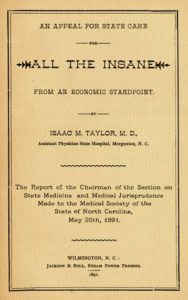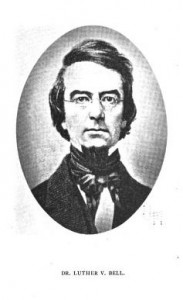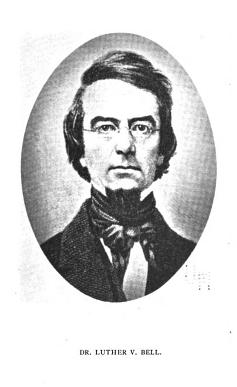One reason that people throughout time have hesitated to admit to mental illness is because the diagnosis was frequently a lifelong sentence (see last post). Unlike physical illnesses which were cured, people with mental illness were stigmatized long after symptoms subsided or a problematic episode cleared up. One reason alienists and asylums were embraced so eagerly was because they promised a new age of cures. Alienists were so confident that the right environment and treatment could cure insanity that a “cult of curability” developed which waned only when asylums became so crowded that effective treatment became impossible. When alienists could no longer deal only with acute, new cases of insanity, the prospect of a cure became bleaker.
At the Canton Asylum for Insane Indians, Dr. Harry Hummer almost embraced a cult of incurability. He rarely pronounced an individual well, and his letters are full of misgivings about letting patients return home even when their symptoms abated. He wrote to the commissioner of Indian Affairs about Agnes Caldwell: “I recommend that no steps be taken looking to her release, because it is almost certain that she would soon come to grief and have to be returned.” In 1919 he wrote about Allen Owl: “[He] is well-behaved and trusted with parole privileges of the grounds and an occasional pass to town to the picture shows, in addition to which he was permitted to work with neighboring farmers this season, earning about one hundred and fifty or sixty dollars. This, however, does not mean that he could or would do as well were he discharged . . . I believe that it would be but a comparatively short time before there would be a return of more active symptoms which would necessitate his re-incarceration in an institution for the insane.”
______________________________________________________________________________________



